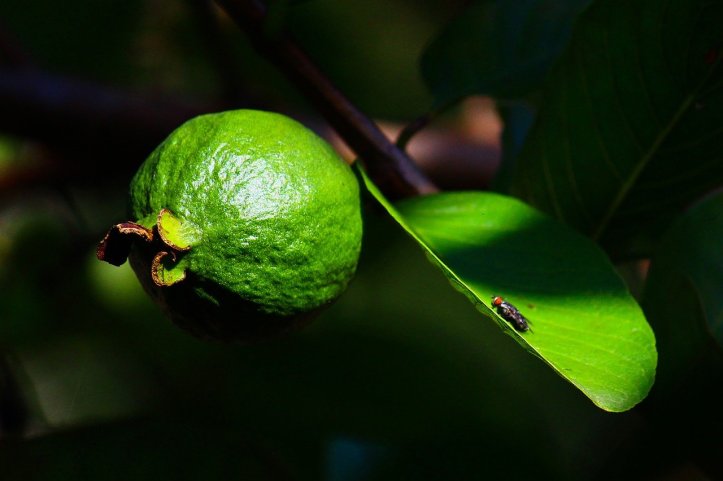
If you’ve ever found unwelcome guests lurking among your cherished plants, you know just how frustrating it can be. Whether it’s a trail of ants marching to your herbs or aphids sucking the life out of your succulents, pests can be a real pain. But before you reach for harsh chemicals, remember: your living space is a closed environment. Whatever affects your plants affects you too! So, let’s explore how to manage pests organically, keeping your green buddies healthy in a way that’s safe for you and your furry friends.
Understanding Indoor Garden Pests
Common Pests
In the cozy confines of your apartment, common culprits include aphids, spider mites, fungus gnats, and the occasional mealybug. Each pest comes with its own bag of tricks for making your plant’s life miserable.
Signs of Infestation
Aphids leave a sticky residue, spider mites weave fine webs, and fungus gnats buzz annoyingly around soil. Knowing these signs can help you catch an infestation early and nip it in the bud.
Preventive Measures
Proper Plant Selection
Start smart by choosing the right plants. Opt for pest-resistant varieties when possible and always inspect new plants before bringing them home. Quarantine new arrivals to ensure they’re not carrying stowaways that could spread to your other plants.
Optimal Plant Care
Healthy plants are less tempting to pests. Ensure your plants get the right amount of light, water, and nutrients. Overwatering and poor light are invitations for pests, making plants weak and vulnerable.
Regular Cleaning and Maintenance
Keep your garden tidy. Remove dead leaves and debris where pests can hide and breed. Cleanliness is not just about aesthetics; it’s a fundamental part of keeping your garden healthy.
Organic Pest Control Strategies
Physical Barriers and Traps
Yellow sticky traps are great for catching flying insects like fungus gnats and whiteflies. For crawlers like ants and soil pests, a layer of diatomaceous earth around your plant’s base can be incredibly effective.
Biological Control
Introduce natural predators if you have a larger indoor garden or a greenhouse space. Ladybugs are voracious aphids eaters, and predatory mites can help control spider mite populations. Just make sure your environment can support these helpers!
Homemade Organic Sprays
Neem oil is a gardener’s best friend. It’s safe, natural, and effective against a broad range of pests. Mix it with water and a dash of mild soap, and spray it directly on the pests and affected areas of the plant. This mixture disrupts the life cycle of pests and prevents re-infestation without harming your plant.
Step-by-Step Guide to Managing an Outbreak
Identifying the Pest
First, figure out who’s crashing your plant party. Proper identification helps you choose the most effective treatment method.
Isolating Affected Plants
Quarantine infested plants immediately to prevent the spread of the pest. This containment strategy is crucial in managing indoor garden pests.
Applying Organic Treatments
After identifying and isolating, treat your plants with an appropriate organic remedy. Apply treatments in the evening to minimize the impact on beneficial insects and reduce the risk of burning your plants under strong light.
Monitoring and Adjusting
Regular Monitoring
After treatment, keep a close eye on your plants. Regular checks will help you spot if the pests are making a comeback or if the treatment has stressed your plants.
Adjusting Care Routines
Post-treatment, you might need to adjust your watering practices or move plants to different locations based on how they respond to the treatments. Monitoring and adjusting are key to recovery.
Case Studies and Examples
Successful Organic Management
I’ve seen marigolds repel aphids in my own home and basil deter flies. Share your success stories in the comments to help inspire fellow readers!
What Not to Do
Overwatering is a common mistake. It not only promotes root rot but also creates a breeding ground for pests. Always check the soil moisture before watering.
Dealing with pests is a part of gardening, but it doesn’t have to involve harsh chemicals. With the right knowledge and tools, you can protect your indoor garden organically and keep your home safe and healthy. Remember, the best defense is a good offense: healthy plants in a clean environment are your best bet against pests.